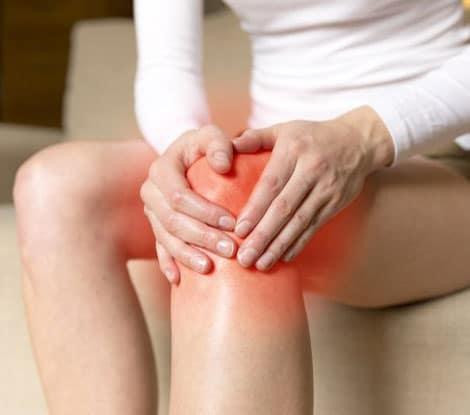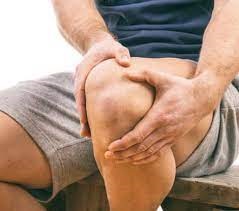Understanding ACL Pain and ACL Tear: Causes, Symptoms, and Treatment
One of the most important knee joint stabilizing ligaments is the anterior cruciate ligament (ACL). It is essential for preserving knee stability and preventing excessive forward movement of the tibia (shinbone) in relation to the femur (thighbone). However, the ACL is prone to damage, and when it tears, it can cause excruciating agony and functional restrictions. This article aims to shed light on ACL pain, the causes of ACL tears, common symptoms, and available treatment options.
- Causes of ACL Tear:
ACL tears frequently occur as a result of quick, violent motions that put too much strain on the knee joint. Common causes of ACL tears include:
- Sports Injuries: ACL tears are more likely to occur if you play sports like football, basketball, soccer, or skiing that require pivoting abrupt stops, or direction changes.
- Trauma: Direct impacts to the knee, such as a fall or collision, can cause the ACL to tear.
- Overextension: Hyperextending the knee joint beyond its normal range of motion can lead to ACL tears.
- Symptoms of ACL Tear:
- Immediate Pain: At the time of injury, individuals may experience sharp, intense pain in the knee.
- Swelling: Swelling in the knee joint often occurs within a few hours after an ACL tear.
- Instability: A feeling of the knee giving way or buckling, making it difficult to bear weight or maintain balance.
- Restricted Range of Motion: The ability to fully extend or flex the knee may be compromised due to pain and swelling.
- Audible Popping Sound: Many individuals report hearing a unique popping sound at the time of the ACL tear.
- Treatment Options:

- Conservative Treatment:For partial ACL tears or less active individuals, conservative management may be recommended. It typically involves physical therapy, exercises to strengthen the surrounding muscles, and the use of knee braces for stability.
- Surgical Intervention:Athletes or individuals with severe ACL tears or high activity levels often require surgical repair. ACL reconstruction is a frequent treatment that includes grafting tissue from the patient's own body or from a donor to replace the torn ligament.
- Rehabilitation:Following both conservative treatment and surgery, a comprehensive rehabilitation program is crucial for restoring knee function and preventing future injuries. Physical therapy exercises, range-of-motion exercises, and gradual strengthening exercises are essential components of rehabilitation.
- Preventing ACL Tears:
There are steps that can lower the chance of injury even though ACL tears cannot always be avoided:
- Warm-up and Stretching:Prior to physical activity or sports, perform warm-up exercises and dynamic stretching to prepare the muscles and joints.
- Strengthening Exercises:Focus on strengthening the muscles surrounding the knee, including the quadriceps, hamstrings, and calf muscles.
- Proper Technique:Learn and practice proper techniques for activities involving pivoting, cutting, and jumping.
- Protective Gear:Wearing appropriate protective gear, such as knee braces or stabilizers, can provide additional support and reduce the risk of injury.
ACL tears can cause significant pain and functional limitations, often requiring medical intervention for proper recovery. Prompt diagnosis and appropriate treatment, whether conservative or surgical, followed by a structured rehabilitation program, are essential for restoring knee function and preventing long-term complications. People can reduce the chance of ACL tears and preserve optimal knee health by taking action and being aware of the causes, symptoms, and available treatments. Consult a medical expert for a precise diagnosis and a customized treatment plan if you think you may have torn your ACL.
For more info :-
best pain management doctor nj
Source Url :-

Comments
Post a Comment